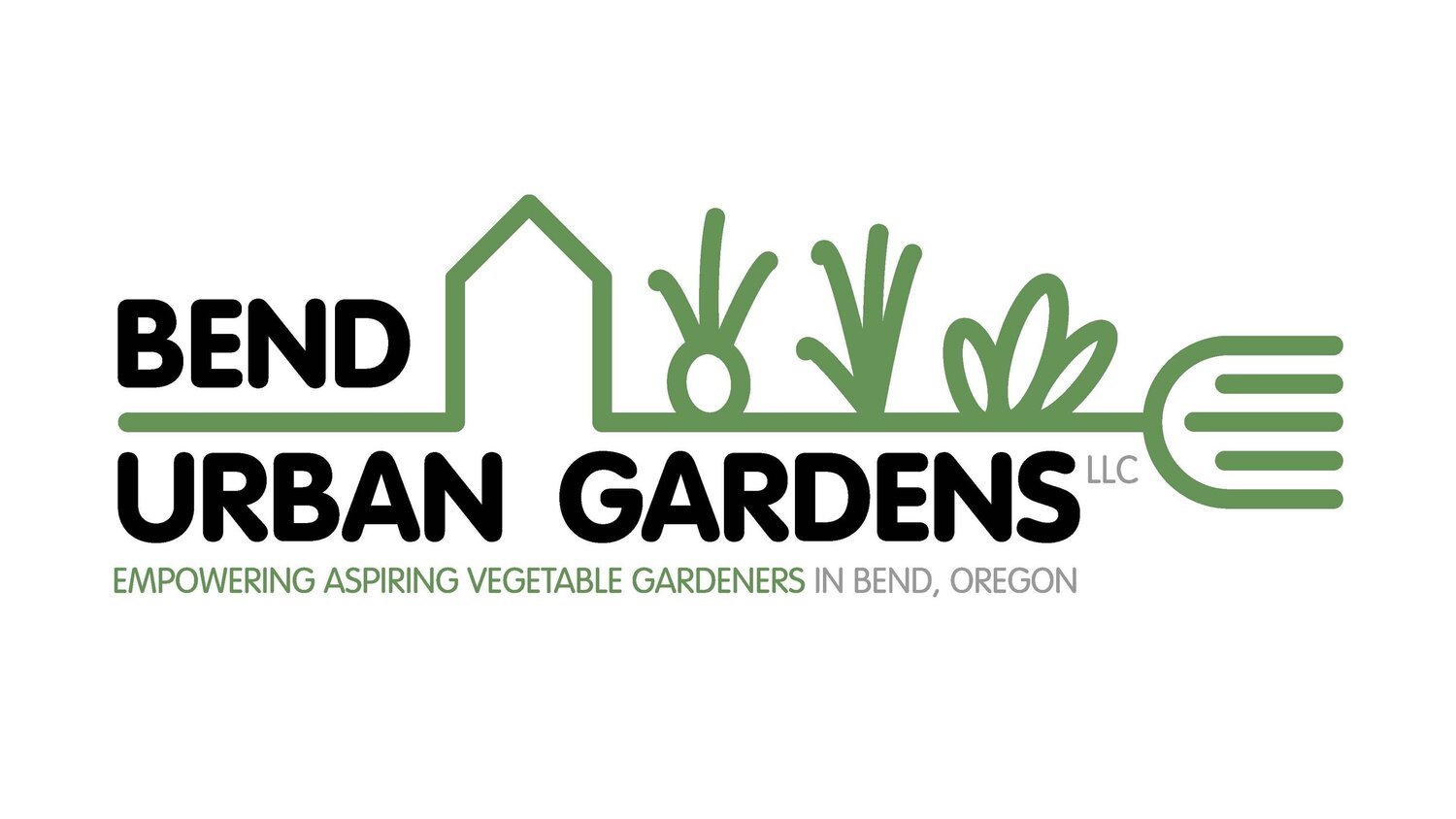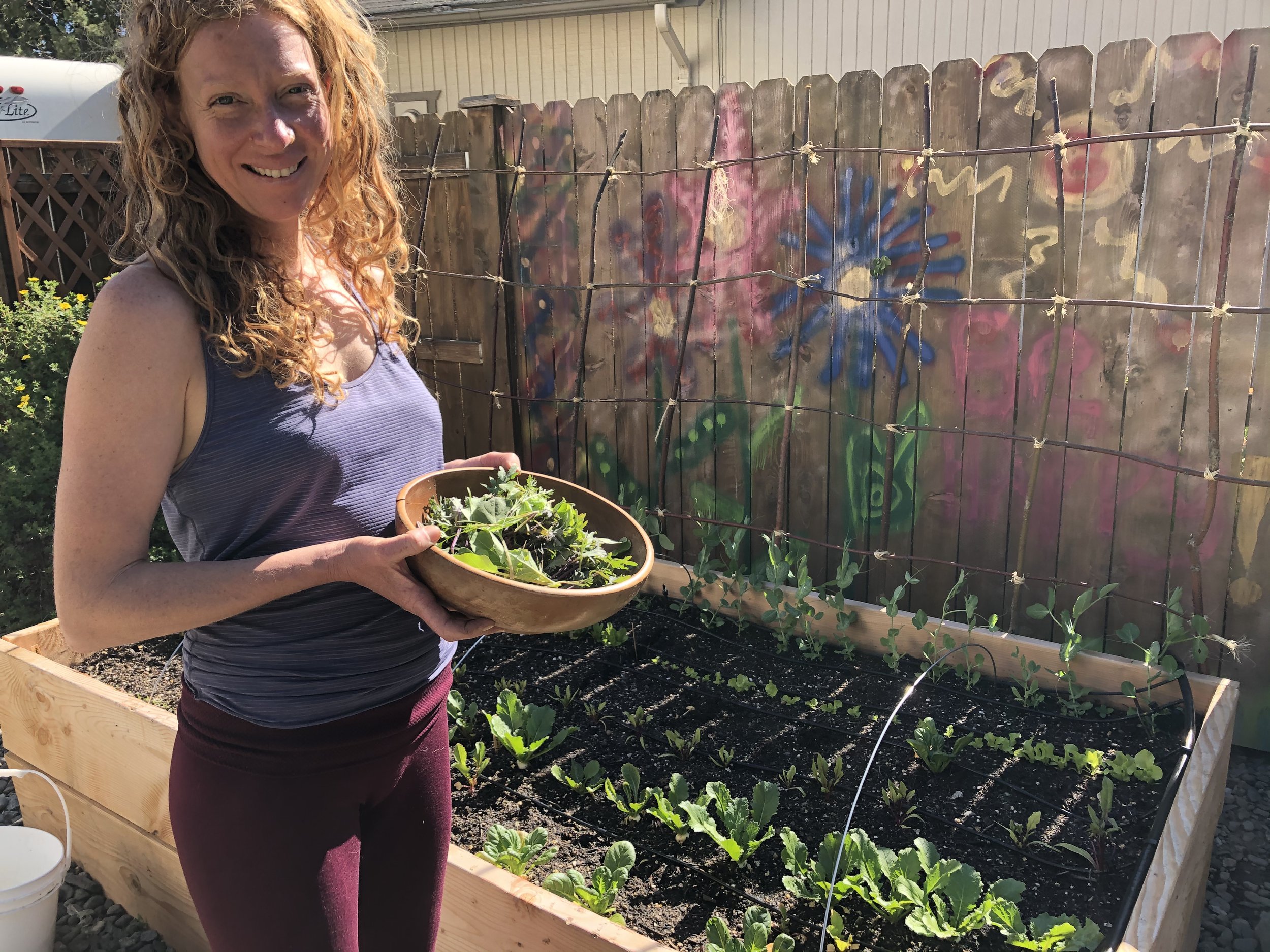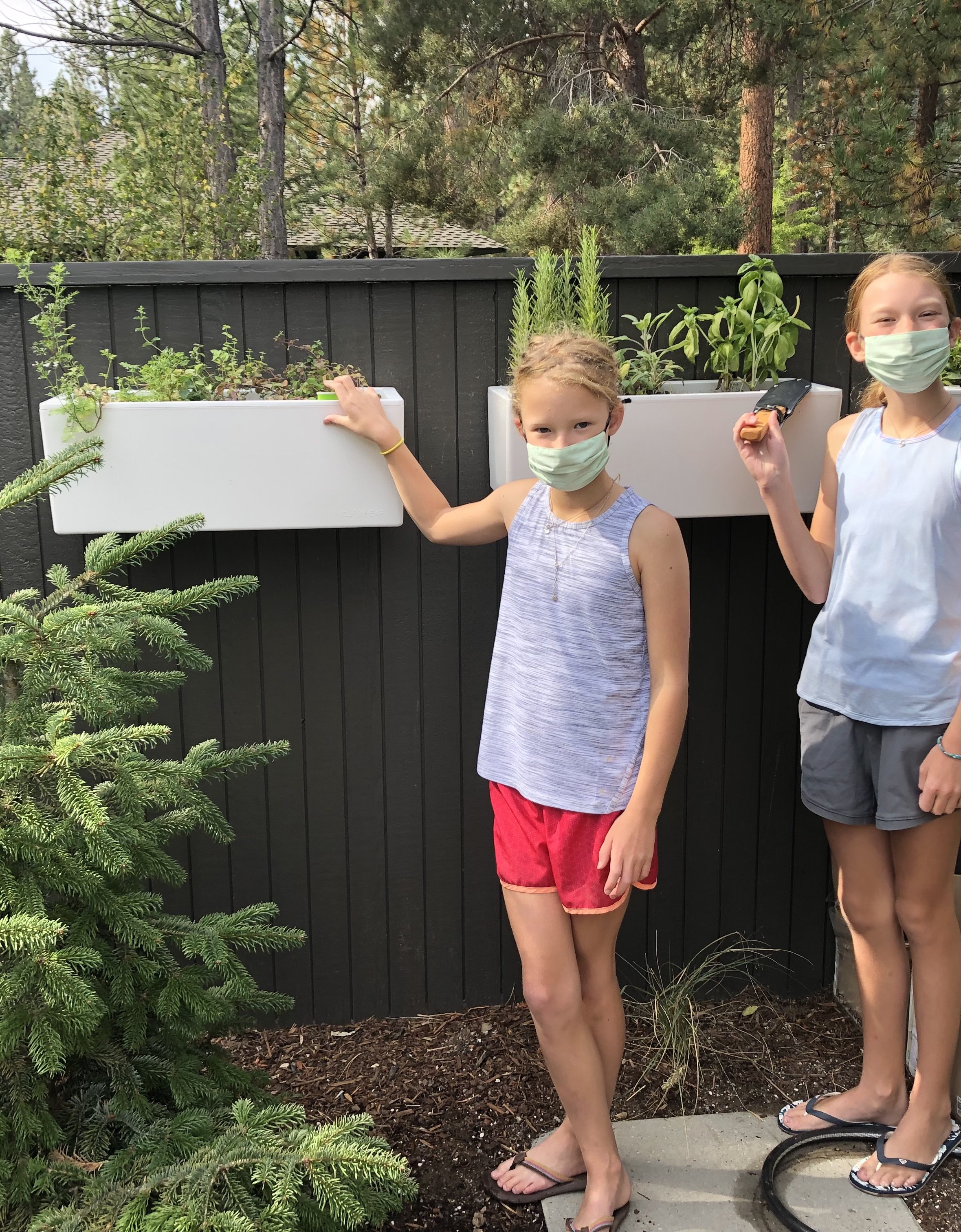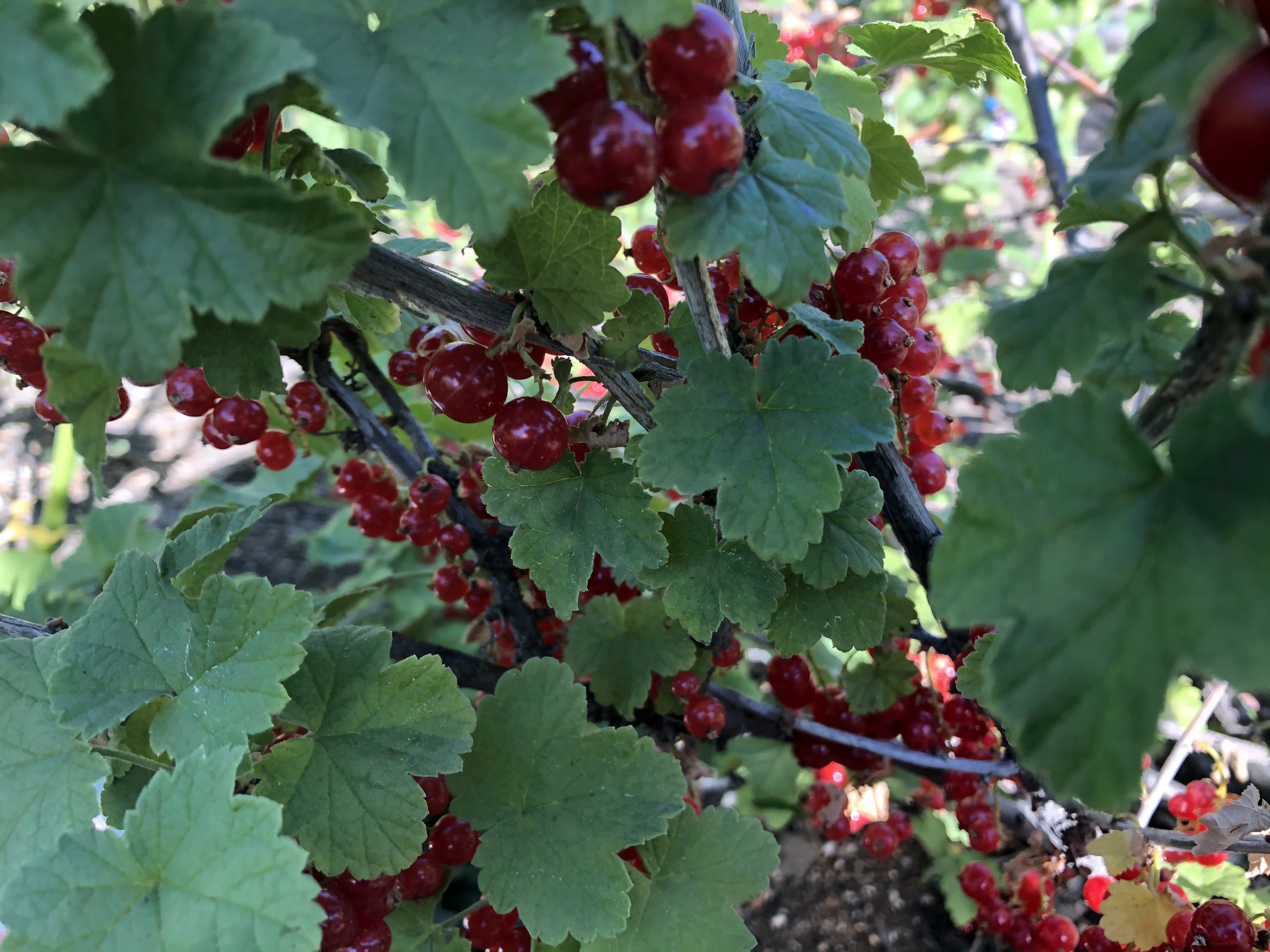What edible plants do well in the shade?
When we consult with new gardeners, the grand tour of their yards typically begins with the sunniest locations because most annual vegetables need at least 6 hours of full sun each day to produce the parts of their plants that we eat.
However, if you have a location that only gets 3-5 hours of sun during most of the year, don’t give up on growing food there! With some adjustments to your crop plan and a shift in expectations for growth rate, it is possible.
Shady spots can make great homes for successions of leafy greens, like chard, beets, spinach, collards, kale, arugula, bok choy, tatsoi, mizuna, and mustards. You could get creative with different salad mixes from mild to spicy. Pea shoots are definitely worth experimenting with, as are scallions.
The shade can make a great home for herbs, too! Try dill, chervil, parsley, or cilantro. Perennial herbs like oregano, chives, rosemary (only the hardiest varieties are perennial in our climate), thyme, tarragon, sage, sweet cicely, lemon balm, and mint (in containers only!) are great choices for near your kitchen door or even for your front yard as they tend to be too aromatic for the palates of most deer. Pansies/violas are great edible flowers to mix in, too!
Some shade loving edible perennials that may already be in your existing landscape:
Bee balm (edible petals)
Day Lillies
Roses (petals and hips)
Sweet woodruff (medicinal leaves)
Hosta (the young shoots are edible!)
Taller and larger edible plants that can grow in the shade include chokecherries, serviceberries, elderberries, goumi berries, and sumac, along with shrubs like gooseberries, currants, and honeyberries. Strawberries can make a great ground cover in shady spots, too.





